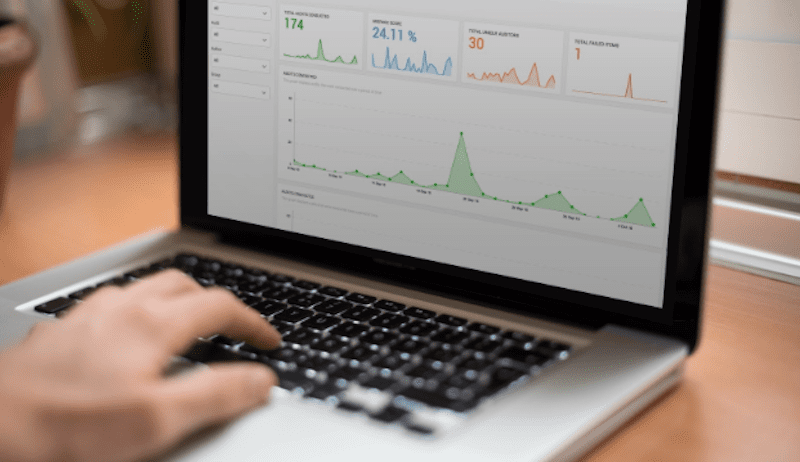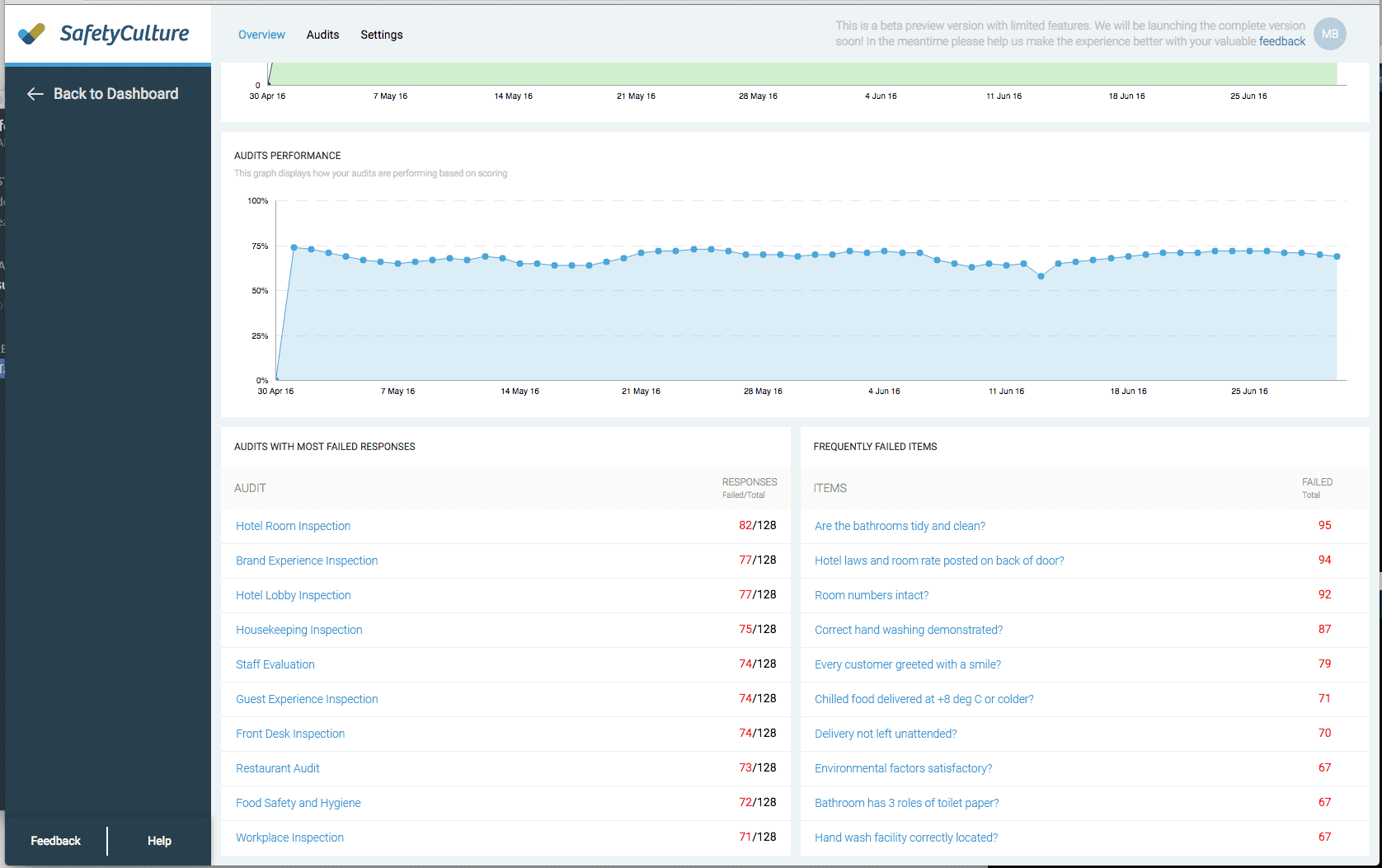The 6 Questions You Should Be Asking of Your Auditing Data
Industry Trends | By | 3 Feb 2017 | 3 minute read

We’ve been hearing a lot about OSHA and their new recordkeeping regulations, which they’ve enacted mainly to make data more accessible to businesses. They believe that this data will bring about positive change in organizational safety. If businesses took a leaf from OSHA’s book, they could place the same emphasis on data in their very own organizations. The problem is, many companies believe this would be a giant undertaking; new systems, new data infrastructures, thousands of dollars in implementation and monthly service costs. With the advent of tools like SafetyCulture’s analytics, tracking auditing data is actually much simpler than that.
According to Bud Sims, director of construction and mining for Teletrac Navman, “The current barrier to using and managing data is the fear of adoption and making everyone’s jobs more difficult…it takes effort and leadership to introduce and train a workforce on the benefits of working to documented standards.” While this is likely true for a big data system, there are some much easier analytical processes that you can implement straight from an auditing system.
Here are the main six questions you should be asking of your auditing data to get you started on managing your safety analytics.
What are the biggest issues across my organization?
The most common question we hear at SafetyCulture is “where are my problem areas?” Problem areas may not even be where incidents are occurring, they could be where quality is below standard, equipment is not being maintained, or even when an observational audit reveals some issues in employee training. These are not glaring issues in an organization, but they point to leading indicators that could contribute to an incident in construction or engineering fields, or to lower brand standards in the hospitality field.

How is each location performing on each audit or across different questions?
Whether you’re monitoring multiple construction sites or managing hundreds of hotels in a region, you’ll want to tailor feedback to each specific location. Break audit data down by location to see how particular branches or jobsites are performing. As a manager, monitoring analytics this way also allows you to spend less time at each location identifying issues, and more time thinking strategically about how to grow your business. Jason Wheeler is the VP of Operations for E Light Electric, a solar energy installation company. He says that thanks to better visibility provided by auditing analytics, he now spends 50% less time travelling to installation locations. He can now spend that time developing better processes and looking into new business opportunities.
Are process changes having the desired effect?
Benchmark auditing data before and after process changes to see if they’re having the desired impact. Did you just have a new training on behavioral safety? Monitor auditing data for that behavior before and after the training to see if audit scores reflect positive change. You can again break this trend data down by location or question for a more granular view.
How long does it take to perform an audit?
Some companies perform very time sensitive audits. For example, Ausgrid, the largest electricity network in Australia, performs audits after they’ve had a power outage. They need to ensure those audits are effective but also performed very quickly because they need to restore power as quickly as possible for their customers. To keep auditing time really short, they use Smart Fields to cut down on a lot of the bulkiness of an audit. Smart Fields make sure only relevant questions are displayed. On the other hand, if you have employees auditing the facilities and you see that one employee has far shorter audit durations than anyone else, you may want to make sure they’re covering everything in the audit with the proper care.

How are individual auditors comparing to one another?
Monitor brand standards by seeing which auditors are excelling consistently in particular audits. You can also see where employees may need to be retrained. Be sure to frame the discussion as constructive criticism, rather than a “gotcha”. There could be issues in process implementation that lead to low audit scores.
Where are things going well in auditing data?
Many managers stop at identifying risks or issues in their auditing data. It provides a great opportunity to highlight positives as well. With quick mobile solutions that you can take anywhere, it also allows you to provide immediate feedback to employees. Organizational psychology research indicates that highlighting jobs done well enhances employee satisfaction and productivity in the workplace.
Data provides the irrefutable foundation for the important and sometimes challenging conversations in an organization. Instead of debating whether something is an issue or how large of an issue it poses, refer to the data and start focusing on how to improve processes. You can also provide employees with the proper feedback to either continue excelling or improve their own performance. Opening up data to the organization as a whole gives everyone the information they need to communicate effectively and focus attention where they need.
Important Notice
The information contained in this article is general in nature and you should consider whether the information is appropriate to your specific needs. Legal and other matters referred to in this article are based on our interpretation of laws existing at the time and should not be relied on in place of professional advice. We are not responsible for the content of any site owned by a third party that may be linked to this article. SafetyCulture disclaims all liability (except for any liability which by law cannot be excluded) for any error, inaccuracy, or omission from the information contained in this article, any site linked to this article, and any loss or damage suffered by any person directly or indirectly through relying on this information.





